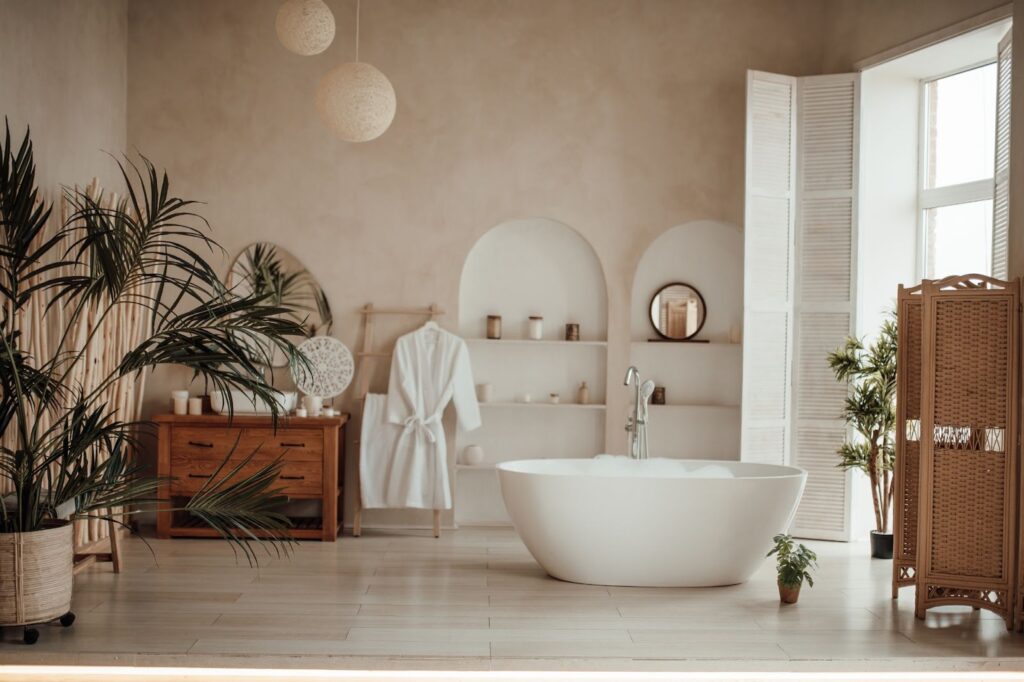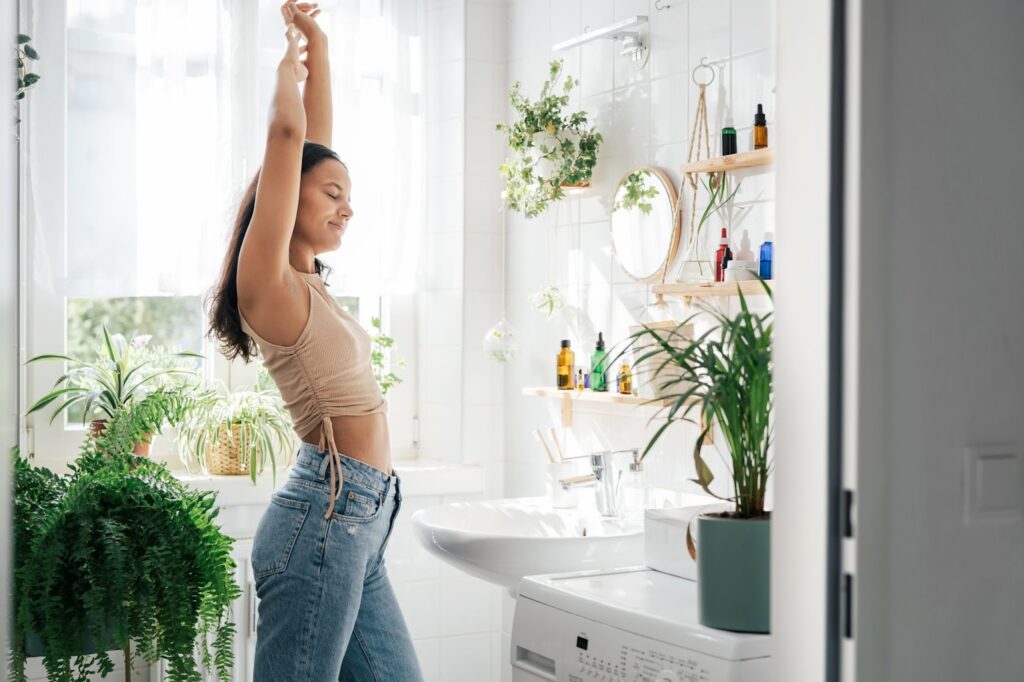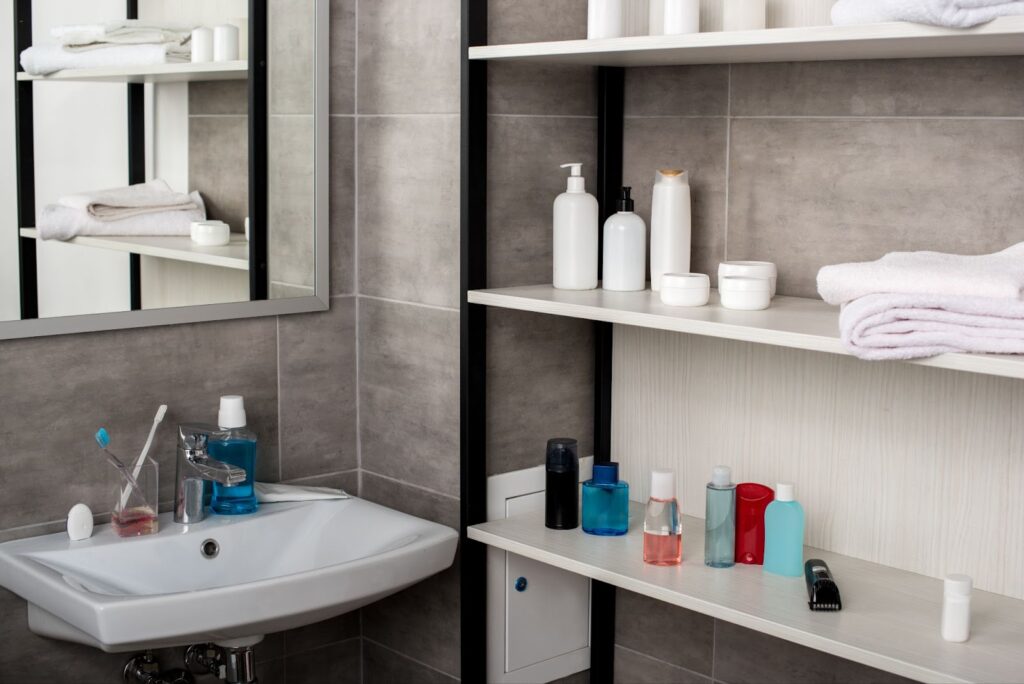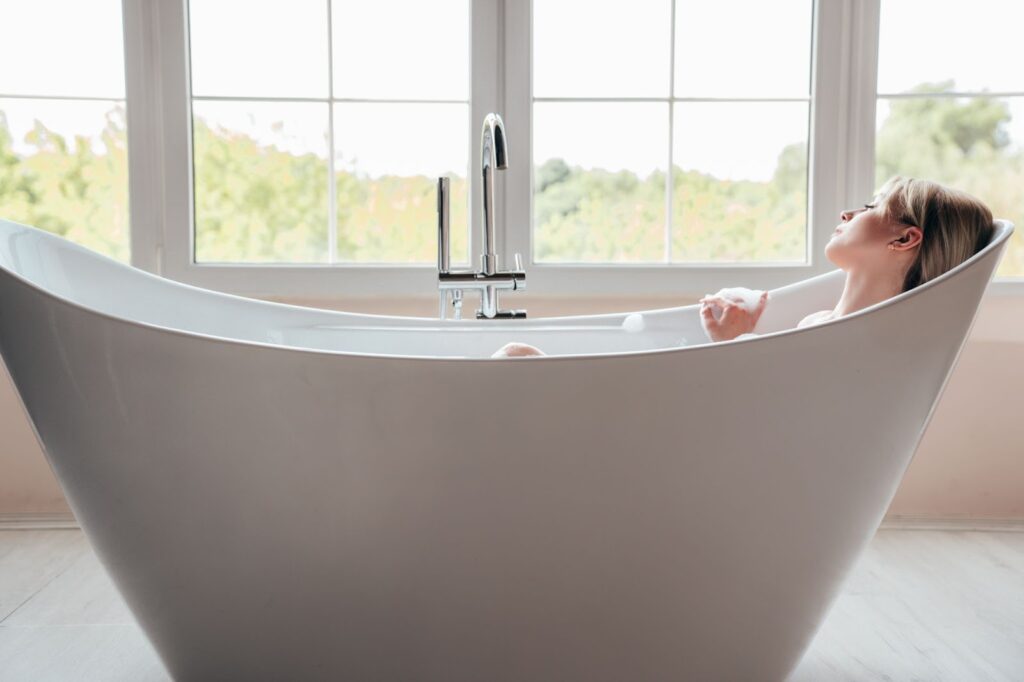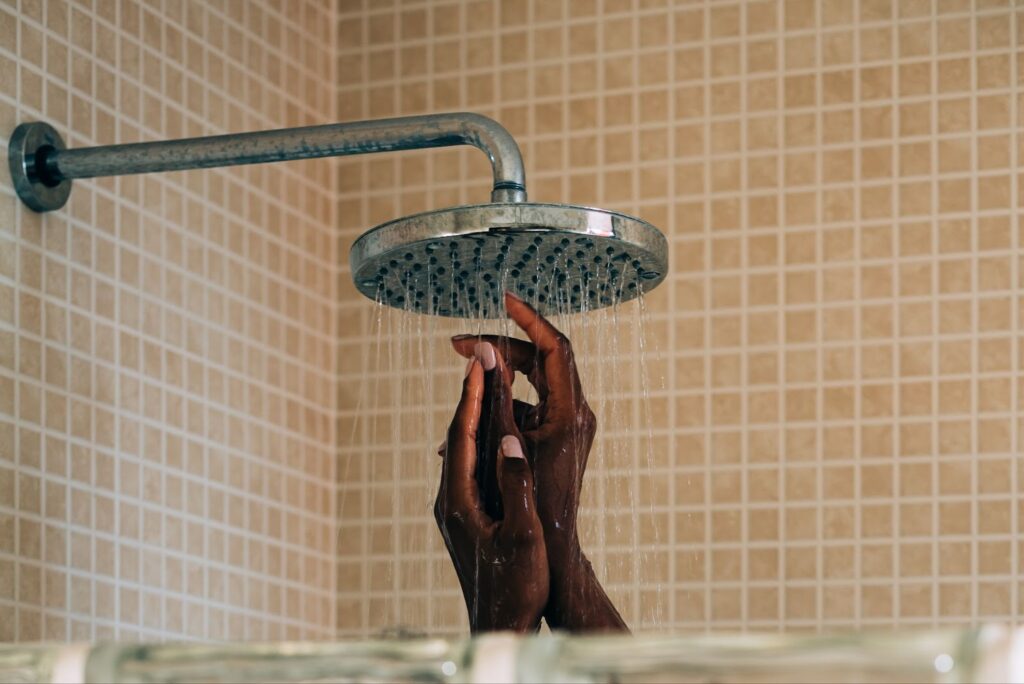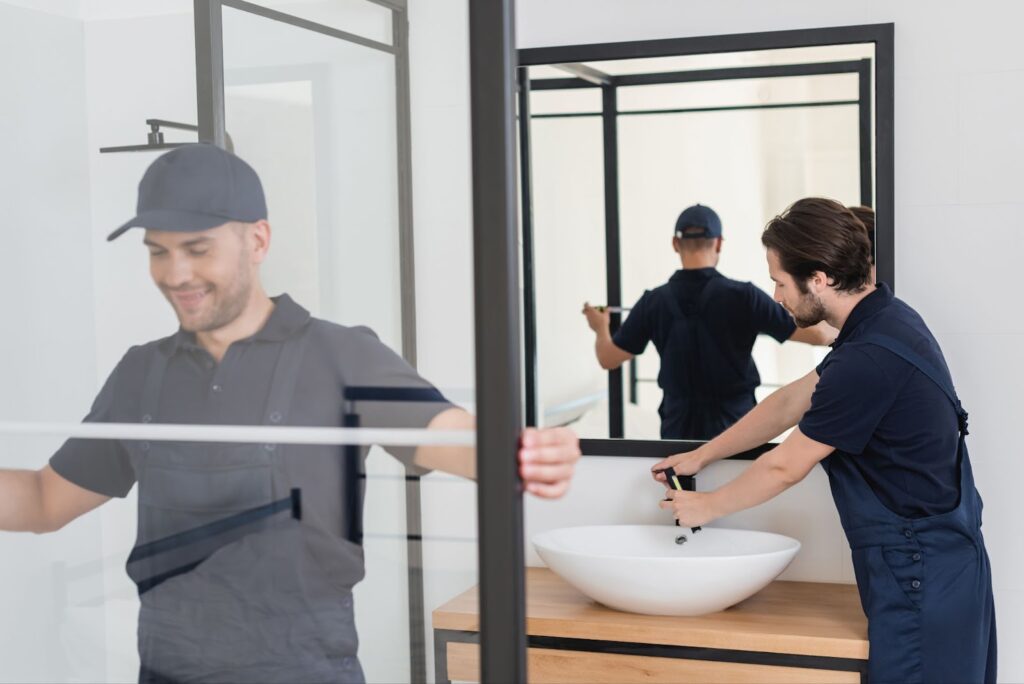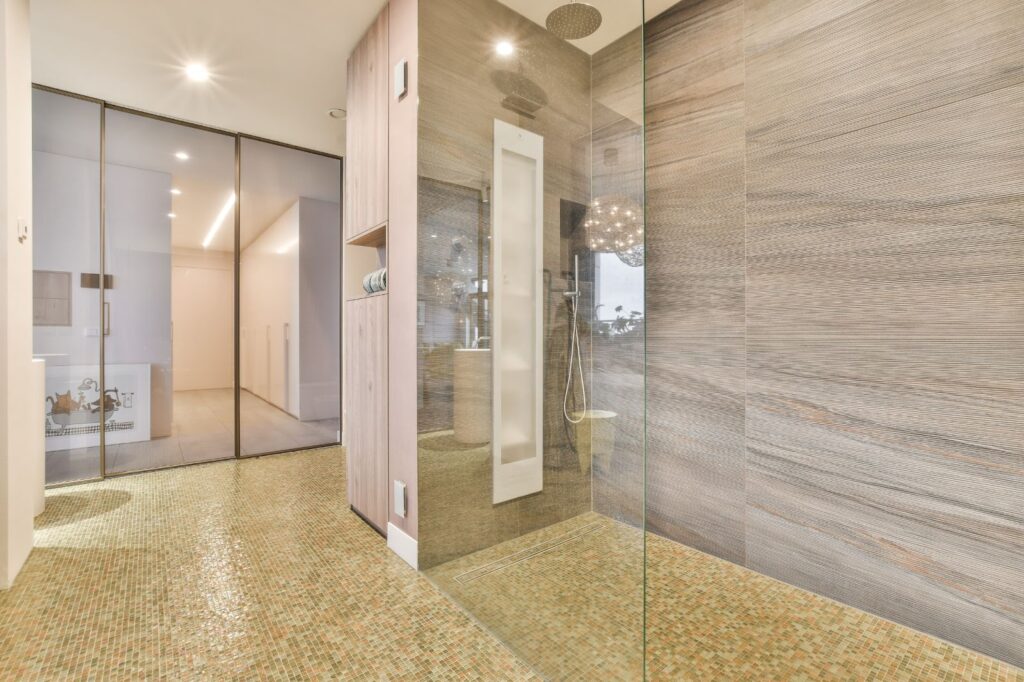Bathtub conversions are an increasingly popular home improvement project, allowing homeowners to transform their bathrooms into more functional, accessible, and aesthetically pleasing spaces. Whether renovating a new home or updating an existing bathroom, converting your tub can significantly impact your daily life and your home’s value. However, navigating the complexities of tub conversion requires careful consideration of several key factors: space, budget, and style.
Understanding Space Constraints and Possibilities
Space is often the primary constraint in bathroom renovations, particularly in older homes or apartments with limited square footage. A successful tub conversion begins with a realistic assessment of the available space. Measuring your bathroom is essential, considering the placement of existing plumbing, fixtures, and immovable structural elements. These measurements will guide you in selecting a tub size and design that fits physically and complements the bathroom’s layout without overcrowding.
For those with tight spaces, options like corner tubs or smaller, deeper models that maximize vertical space can be ideal. Additionally, integrating space-saving solutions such as recessed shelving or a shower-tub combo can enhance functionality without compromising on style.
Budgeting for Your Tub Conversion
The financial aspect of tub conversion is a crucial consideration that can dictate the scope and quality of your project. Costs can vary widely based on the complexity of the conversion, the materials selected, and any necessary plumbing or structural modifications. Setting a realistic budget is vital to manage expectations and avoid overspending.
To embark on a successful renovation project, begin by gathering quotes from multiple contractors to assess the average labor costs prevailing in your locality. Following this, delve into researching various bathtub models, materials, and fixtures to grasp their respective price ranges. It’s essential to earmark a portion of your budget for unexpected expenses, as they often arise during renovations. By preparing diligently and accounting for potential surprises, you can navigate the renovation process more smoothly and effectively manage your resources.
Choosing a Style that Complements Your Home
The aesthetic component of a tub conversion is where you can truly personalize your bathroom.The market offers many tub styles, from traditional claw-foot tubs to modern freestanding or drop-in models. When selecting a style, consider your home’s overall design theme. A well-chosen tub can serve as a focal point, enhancing the bathroom’s ambiance and elevating the entire home’s interior design.
Materials play a significant role in defining a tub’s style and maintenance needs. Acrylic, fiberglass, cast iron, and stone resin are popular choices with advantages and aesthetic appeal. Choosing a material that matches your style preference and fits your lifestyle and maintenance capacity is essential.
Maintenance and Longevity Considerations
The long-term success of a tub conversion also hinges on maintenance and durability. Different materials require varying levels of care, from regular cleaning to prevent stains and damage to more intensive maintenance for natural materials. Acrylic tubs, known for their resilience and ease of cleaning, can maintain their luster for years with minimal care. Natural stone, while luxurious, requires more meticulous maintenance to preserve its beauty and integrity. Considering these factors during the selection process can prevent future headaches and prolong the life of your new tub.
Is Tub Conversion Right For You?
Deciding on a tub conversion involves various factors that hinge on personal lifestyle, home design, and practical considerations. This type of renovation can significantly alter your bathroom’s functionality and aesthetic, potentially increasing your home’s value and appeal. Here’s what you must consider to determine if a tub conversion aligns with your needs and aspirations.
Family Dynamics
Families with young children often find bathtubs indispensable for bathtime routines, making a conversion appealing. Alternatively, those rarely taking baths may see little benefit in such a project.
Budget
A shower-to-tub conversion can be a significant investment. The costs encompass not just the bathtub itself but also plumbing modifications, potential resizing of the space, and the installation of necessary fixtures.
Water Usage and Efficiency
Bathtubs typically use more water than showers, which could lead to higher water bills and a larger environmental footprint. Considering more efficient bathtub models or habits can mitigate this.
Relaxation and Well-Being
For many, a bathtub is a retreat for relaxation and unwinding. If soaking in a tub is part of your de-stress routine, converting your shower into a tub can enhance your quality of life.
Bathroom Layout
The physical space of your bathroom dictates the feasibility of adding a bathtub. Adequate space is necessary not only for installation but also to maintain a functional bathroom flow.
Resale Value and Marketability
Adding a bathtub can increase your home’s appeal to a broader range of buyers, especially those with or planning to have children. However, it might add less value in markets where showers are preferred for convenience and efficiency.
Exploring Bathtub Options for Your Conversion
Understanding the array of bathtub types is crucial when considering a shower-to-tub conversion.
Types of Bathtubs
Freestanding tubs are statement pieces that add a touch of elegance to any bathroom. Alcove bathtubs, designed to fit into a three-walled enclosure, are a space-saving solution that can include built-in storage. For a therapeutic touch, whirlpools or air tubs equipped with jets offer a spa-like experience, promoting relaxation and muscle relief.
Material Considerations
The material of your bathtub impacts not only its look and feel but also its maintenance and durability. Acrylic and fiberglass are popular for their lightweight nature and ease of installation. Cast iron, while heavier and more challenging to install, offers longevity and classic appeal. For those seeking a modern look, solid surface materials mimic the appearance of stone without extensive maintenance.
Future-Proofing Your Bathroom
As we look toward the future, designing a bathroom that adapts to evolving needs and lifestyles becomes paramount, ensuring it remains functional and comfortable through all life’s stages.
Aging in Place
As homeowners consider long-term use of their spaces, incorporating features that accommodate aging in place becomes essential. A tub with a lower threshold, non-slip surfaces, and the potential for adding grab bars can make bathing safer and more accessible as mobility decreases.
Adaptable Design
Choosing a bathtub that complements the overall design of your bathroom while remaining timeless ensures your space will feel updated as trends evolve. Consider neutral colors and classic shapes that can adapt to changes in decor or personal taste.
The Wellness Trend in Home Design
The rise of wellness as a central theme in home design has turned the bathroom from a purely functional space into a personal sanctuary, where relaxation and rejuvenation take center stage.
Creating a Personal Oasis
The growing emphasis on wellness within home design is reflected in the rising popularity of bathroom renovations aimed at creating a personal sanctuary. A bathtub can be central to this concept, offering a place to unwind and engage in self-care practices like aromatherapy baths or detoxifying soaks.
Eco-Friendly Choices
With an increased awareness of environmental impact, selecting water-efficient bathtubs and sustainable materials becomes a priority for many homeowners. Options like reclaimed wood for tub surrounds or eco-friendly resins for freestanding tubs contribute to a greener bathroom without sacrificing style or comfort.
Cost vs. Value: Analyzing the Investment
Understanding the financial implications of a shower-to-tub conversion requires a detailed examination of upfront costs against the long-term value added to your home.
Immediate Costs
In addition to the purchase price of the bathtub, the costs of a shower-to-tub conversion can include plumbing changes, waterproofing, floor reinforcement, and tile work. Creating a detailed budget for all potential expenses is crucial for a successful project.
Return on Investment (ROI)
While specific ROI figures vary by market, bathroom renovations, particularly those that enhance functionality and appeal, tend to offer solid returns. A bathtub can make your home more attractive to a broader audience if you decide to sell, potentially speeding up the sale process and increasing the final sale price.
Consultation and Planning: Laying the Groundwork
Successful bathroom renovations begin with a solid foundation of planning and expert consultation, guiding homeowners through the maze of design options, technical considerations, and regulatory compliance.
Professional Guidance
Consulting with a bathroom design specialist or a contractor experienced in conversions can provide valuable insights into what’s possible in your space and help avoid common pitfalls. They can also offer innovative solutions to integrate a bathtub seamlessly into your existing layout.
Permitting and Regulations
Understanding local building codes and securing the necessary permits is a step that must be considered. Professional contractors can often navigate these requirements more efficiently, ensuring your project complies with all regulations and avoiding future issues.
Navigating Your Tub Conversion: Balancing Lifestyle, Longevity, and Luxury
Deciding to embark on tub conversion is a significant commitment beyond your lifestyle, budget, and space. It demands a careful evaluation of how such a transformation will serve your immediate needs while considering its long-term impact on your home’s functionality and market value.
Opting for a bathtub can redefine your daily rituals, offering a haven for relaxation and an opportunity to incorporate eco-friendly practices into your home. As you navigate this decision, remember that meticulous planning, budgeting for actual value, and seeking professional advice are crucial steps in ensuring your new bathroom meets your current desires and adapts to future needs. With thoughtful consideration and expert guidance, your tub conversion can become a rewarding investment in your home’s comfort and appeal, enhancing your quality of life for years.
Visit our Bathrooms by Design, Inc. blog to learn more about professional bathroom remodeling for your home.

